Located beside the Columbus Monument and Port Vell of Barcelona, is the Museu Marítim, housed in the former Royal Shipyards (Drassanes Reials) of Barcelona. They are well worth visiting simply to appreciate the history of the site and its significance to the development of Barcelona as a maritime power. Those with a special interest in naval history will find the museum particularly rewarding. To visit by Metro, take the L3 line to Drassanes, which is located right outside the museum. The opening hours are Monday – Sunday 10am – 8pm, and entry is €7, though you can visit for free after 3pm on Sundays.
Table of Contents
The Drassanes Reials
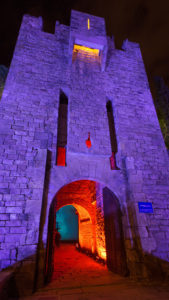


Photo credit: Fotos MMB via VisualHunt / CC BY-NC-ND
The Royal Shipyards of Barcelona were originally built in the 13th Century AD at the command of King Peter III of Aragon. Here the Galleys of the Aragonese Armada were built and stored, along with the weapons necessary for naval warfare at the time. The first shipyard consisted of a rectangular, un-roofed yard surrounded by fortified walls and four towers, two of which survive today and can be seen in the courtyard of the museum. In the 14th Century, the shipyard was incorporated into the medieval city walls, and a roof was added. The current building which we see today, however, was not built until the 16th Century, despite its Gothic appearance. Following the War of Spanish Succession, the Drassanes were used as a barrack for the Spanish Army of Philip V. The building was owned by the navy up until 1929, when it was given to Barcelona City Hall and converted to a maritime museum which was opened in 1941.
A tour of the Museum
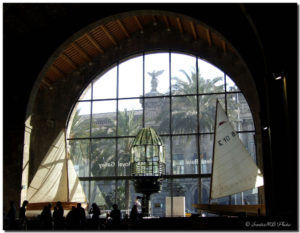


Photo credit: SantiMB.Photos via VisualHunt.com / CC BY-NC-ND
Before entering the museum building itself, take time to appreciate the historic entrance courtyard. Here you can see the defensive walls of the building and surviving medieval towers. The prominently displayed wooden submarine is a replica of Ictineo I. Designed by Narcis Monturiol i Estariol, and built in Barcelona, this was one of the world’s first submarines. Also on display is the upper deck of a ship, the Sayremar I (now the schooner Santa Eulália, which you can visit separately, see below). If you look into the portholes you can see a replica ship’s mess, bridge and captain’s cabin of the relevant period. The gardens with their orange trees and fishpond (also home to a very laid-back turtle) are a pleasant place to enjoy a coffee on the terrace. The museum’s restaurant is very popular with locals and serves are variety of freshly-made dishes every day.
Inside the museum you can appreciate the architecture of the shipyards with their stone-vaulted ceilings roofed over with timber. You will find a large range of model ships on display, ranging from early sailing vessels (such as a replica of the Victoria, first ship to circumnavigate the globe) to packet steamers and modern-day container ships. Pride of place in the museum’s main hall is a full-size replica of the Royal Galley, flagship of the Armada of Aragon at the Battle of Lepanto (see Featured Image, above). The original was built in the Royal Shipyards in 1568, and this faithful replica includes gilded paintwork and decorative side-panels.
A ticket for the museum also includes entry to the schooner Santa Eulália. Built in 1918, this is one of the oldest functional sailing ships in the Mediterranean, formerly used to transport goods to lands as far away as Cuba. This the perfect way to end your visit to the museum, and experience a taste of life at sea.











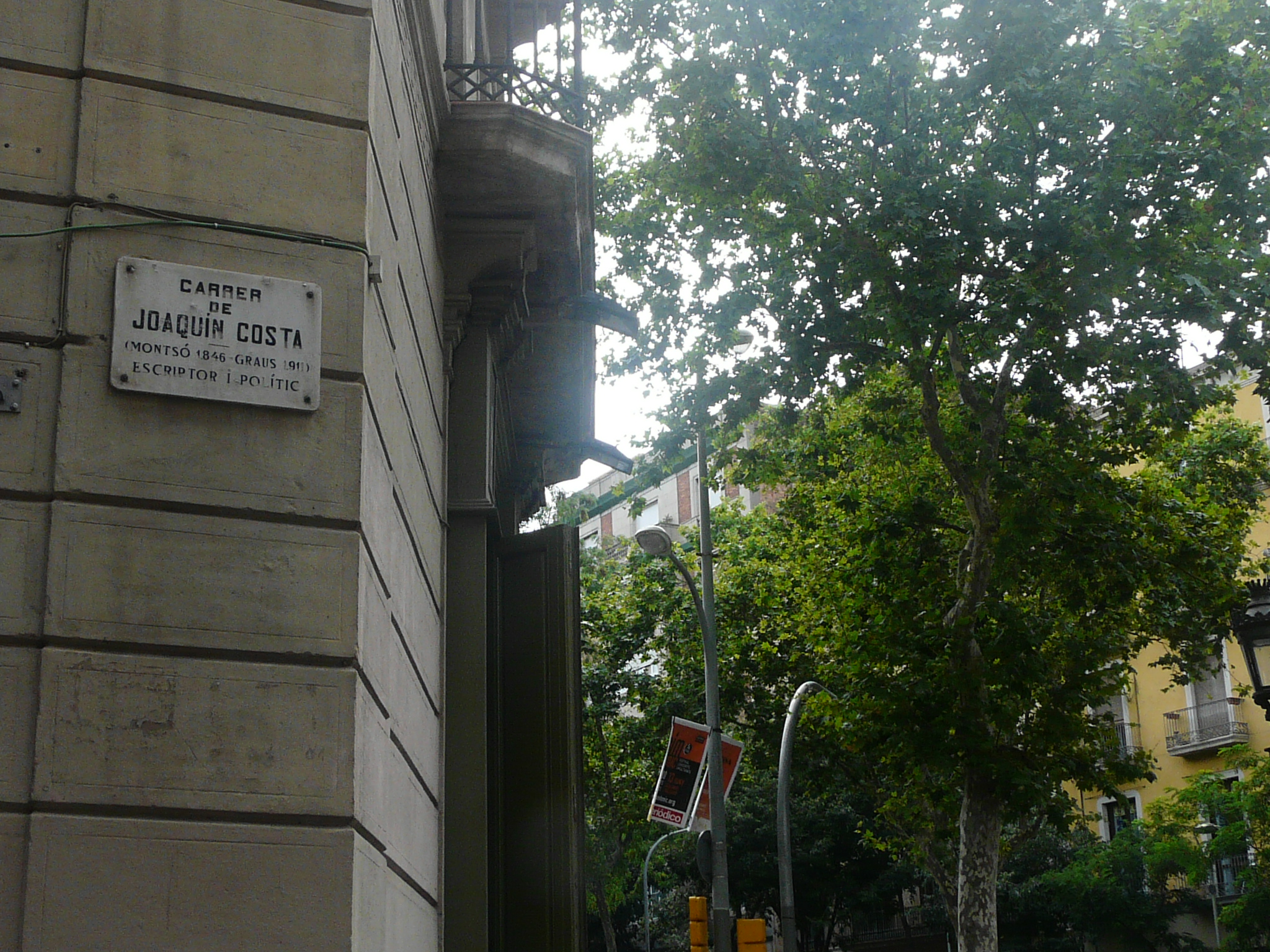

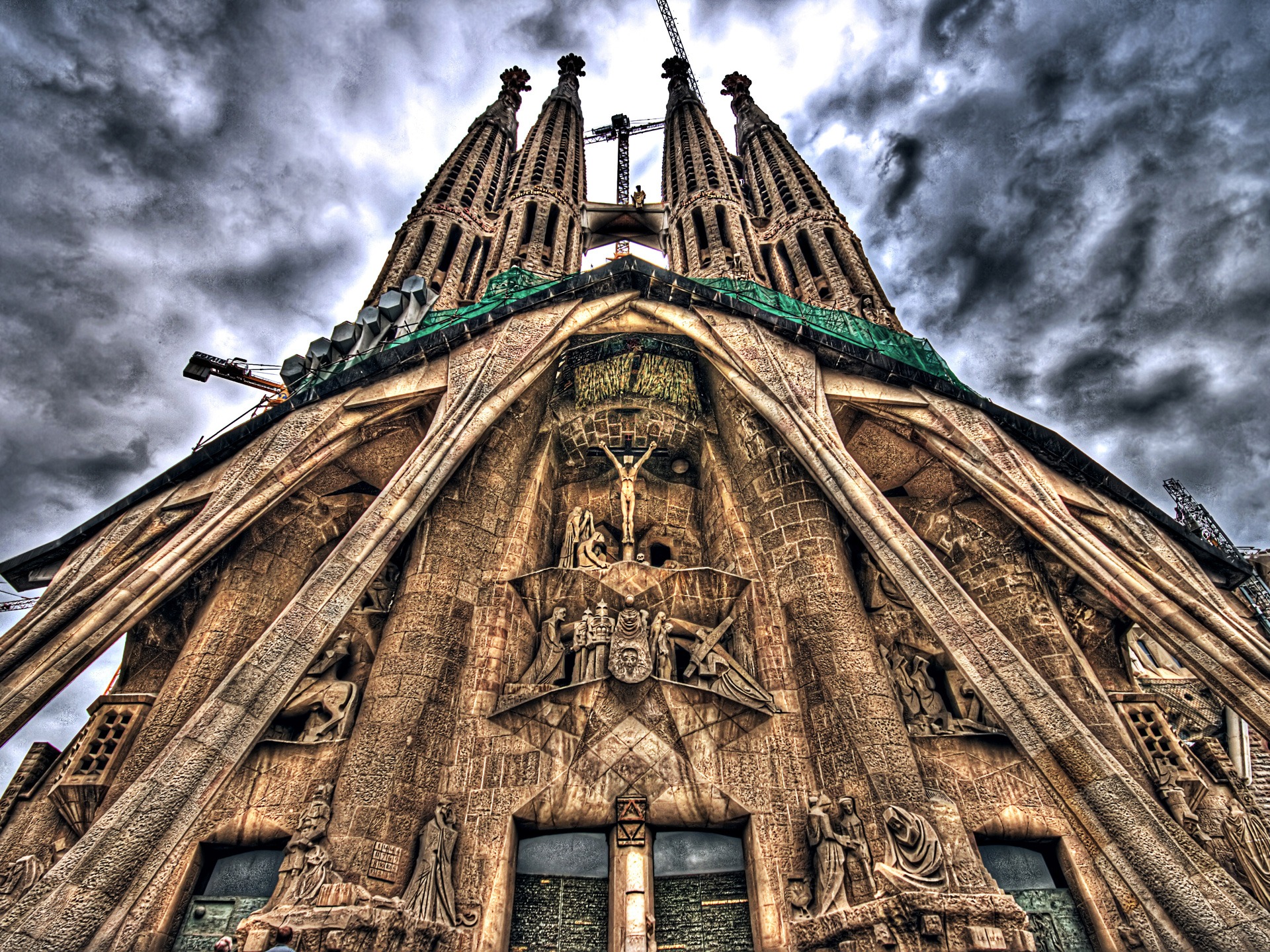
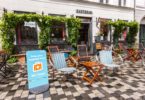

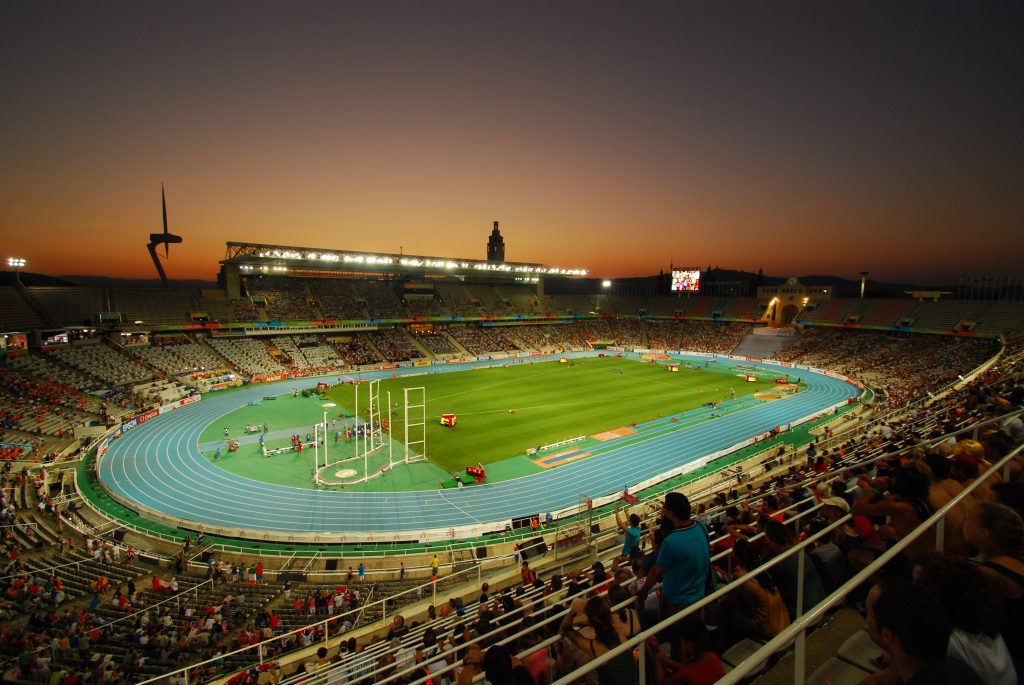
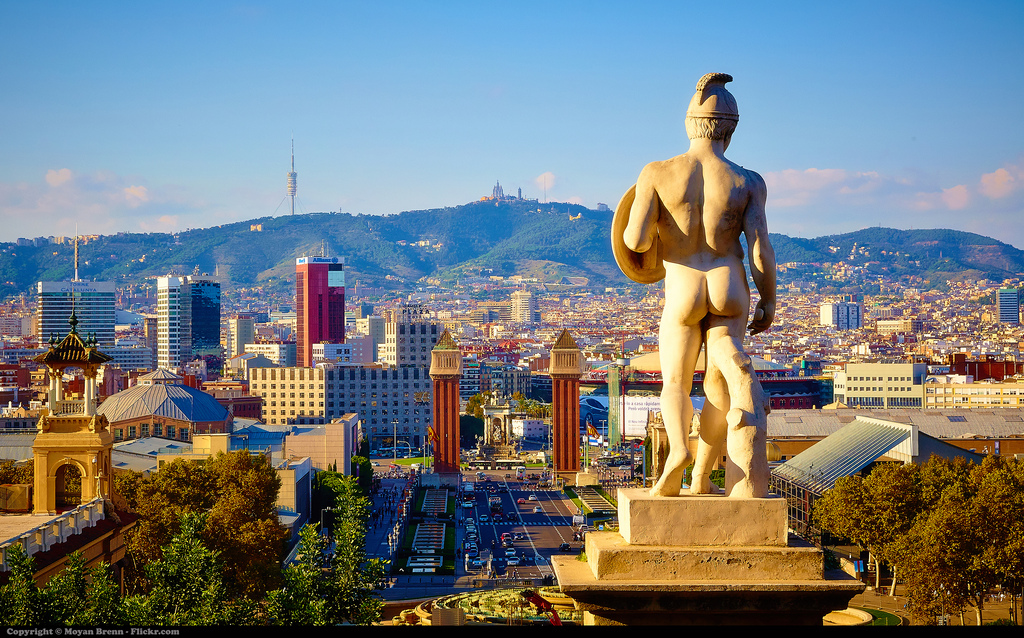
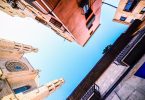
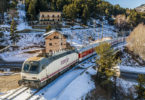

Leave a Comment